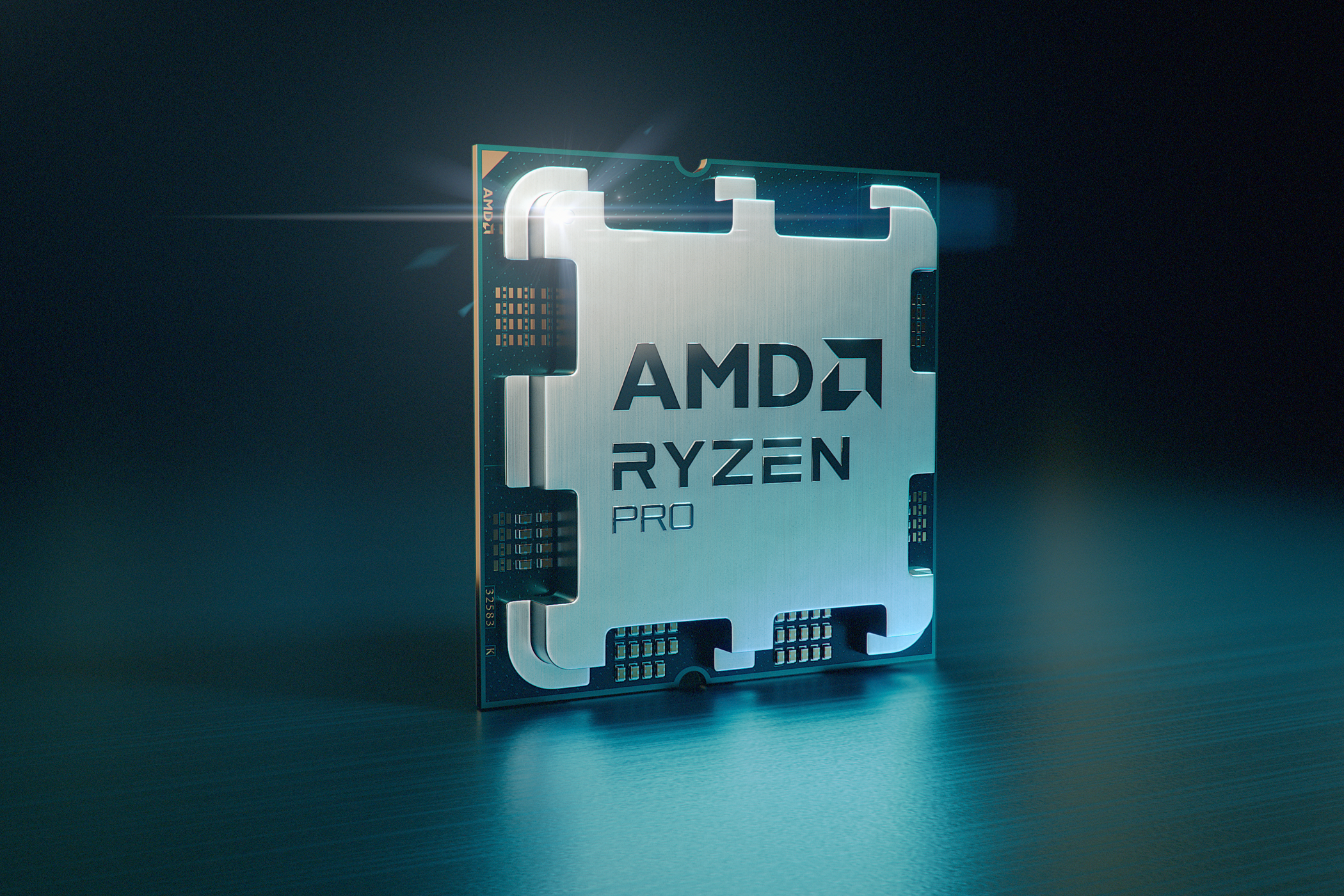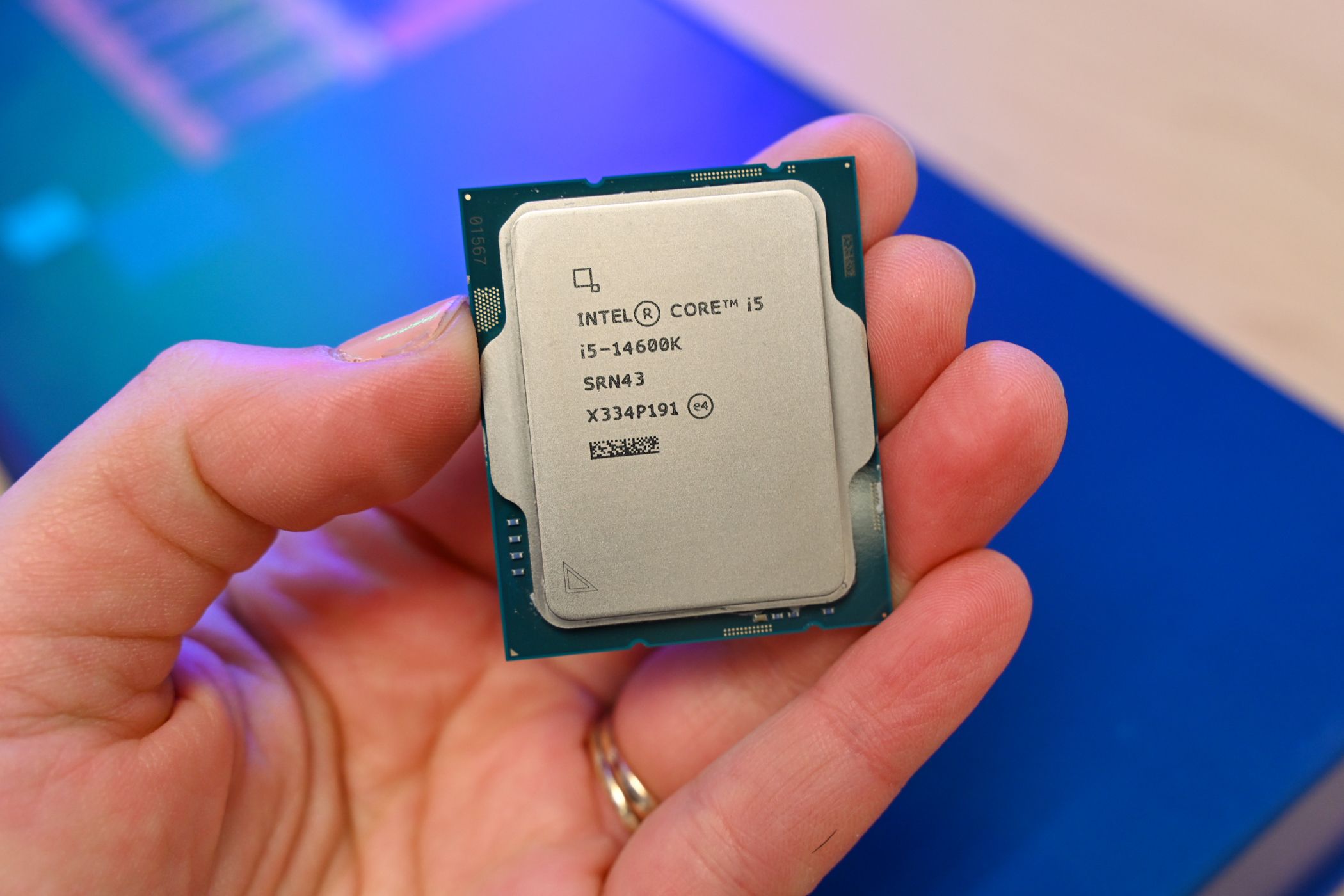Key Takeaways
- Intel is facing issues with latest chips, AMD is catching up in market share.
- AMD offers budget-friendly options and upcoming Zen 5 architecture.
- AMD provides value and support for DDR5 RAM, as Intel faces stability issues.
With Intel’s reputation taking hit after hit and their issues with their 13th and 14th generation chips, a lot of people are switching to AMD for their next PC build. If you’re one of those people, here are a few important things you should know when switching over.
Intel vs. AMD – What’s Been Happening?
The Intel-vs.-AMD rivalry has been around for a long time, and recent developments in processor manufacturing have done little to quell the fire. Intel still maintains the majority of the market share for CPUs, but AMD is catching up, and has made significant leaps in eroding Intel’s lead.
Intel’s innovation has seen its latest generation (Raptor Lake Refresh) chips become a lot more efficient with their energy consumption. It’s also designed to be better for AI applications through its integrated NPU. Unfortunately, these chips have been having issues and while Intel has purportedly found the problem, it’s not one they can fix through a firmware update.
AMD’s innovation has also focused on AI. The company’s new Zen 5 architecture is just about to roll out, but most users will already be champing at the bit to get their hands on the newest chip from AMD. The current Zen 4 architecture has some noteworthy additions. Chips like the Ryzen 7 5800X3D aren’t that much worse in performance than the newer Ryzen 7 7800X3D. Users have a lot more options when it comes to budget builds than Intel chips and compatible boards.
If you’re switching to AMD from Intel, you get access to some of the best processors on the market, at a significantly lower price point than Intel’s chips in some cases. Here are a handful of the things you should be looking at when you switch.
Performance Differs Between Manufacturers
As an older geek, I remember when AMD was considered the home of budget chips that just did what was good enough. Today’s chips are significantly different, and even challenge Intel’s dominance of the CPU market. A great example of this is the Ryzen 7 7800X3D. In head-to-head tests, the 7800X3D held its own against the Intel Core i9-13900K, performing well in gaming benchmarks overall.
Unfortunately, it’s not that great at non-gaming tasks. Benchmarks showed that the Intel Core i7-13700K performed better in productivity and non-gaming tasks. However, as a budget gaming processor, the 7800X3D is great value for money. It manages to score well against the higher-core-count i9-13900K because of AMD’s 3D V-Cache technology.
AMD is Still A Value-Engine
AMD’s cost has always been one of the major benefits for PC builders. Yet Intel’s Raptor Lake refresh releases have shown a surprising willingness to keep costs down. AMD has also stopped offering nearly as much value for its performance and gaming chips. In the past, AMD would ship bundled coolers with all its chips, but now that privilege is only for its non-performance offerings. Yet, even with the latest rises in price, AMD still offers great performance for the cost.
AMD’s march of progress has seen it do away with older technology in its motherboards. The current generation of Ryzen chips only have support for DDR5, while Intel’s motherboards still offer DDR4 RAM slots. If you’re upgrading from a DDR4 motherboard and switching to AMD, you’ll have to buy DDR5 RAM just to get it running.
Despite the inconvenience of having to get DDR5 RAM, I’d see this as a plus. Sure, you’ll have to buy new RAM, but eventually you’ll have to anyway. Additionally, AMD intends to support the AM5 socket for the Zen 4/ Zen 5 generation for up to five years, meaning that if you upgrade to AMD, you won’t have to worry about motherboard conflicts with your next upgrade.
Intel Holds the Crown for Overclocking, but Drops the Ball on Coolers
Another area that AMD has overshadowed Intel in the past is how overclockable its chips are. That seems to be changing. The Intel Z-series motherboards offer a lot more overclocking headroom than the Ryzen 7000 series boards. Despite this, the AMD processors are very performant and offer a little bit of overclocking, even if not to the level of the Intel chips.
AMD’s overclocking software, Precision Boost Overdrive, is easy to use and comes bundled with the company’s chips. Intel Extreme Tuning Utility (Intel XTU) can be downloaded for free from Intel’s site and offers over 140 controls for tuning voltage, processor clock speed, and memory timing.
As mentioned before, AMD’s budget line comes with included heat sinks and coolers, and so do Intel’s. However, there’s a distinct difference in quality between the AMD budget coolers and what Intel offers. Intel’s stock coolers leave a lot to be desired. If you’re buying a chip like the 7800X3D, you’ll probably need to get your own cooler since the chip doesn’t ship with one.
Stability and Reliability Has a Clear Winner
It’s not exactly news that Intel has been having a hard time with ensuring its 13th and 14th gen chips remain stable. The stability issues plaguing these chips have become a significant consideration for many builders. If you’re looking for a stable and reliable chip, AMD is probably the best bet since the current set of 13th and 14th Gen Intel chips on the market will likely have stability problems for some time to come.
That said, AMD has had its own reliability problems. Recently, the company dealt with a vulnerability issue that affected chips from today all the way back to 2006. The vulnerability, named Sinkclose, could allow malicious users to extract information from the computer, although exploiting the bug required the user to give kernel-level access. The company released a patch recently to deal with the issue on some older chips.
There’s No Better Time to Switch
Brand loyalty is great, but sometimes you have to weigh the pros and the cons. Intel’s chip offering for the 13th and 14th generation are wonderfully powerful and have low power consumption. However, the stability problems that lead to irreparable hardware damage are a concern, especially when spending so much on a chip. Future support and decent benchmark scores for gaming suggest that now might be the best time to switch over to AMD.






